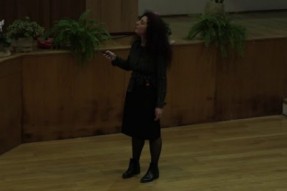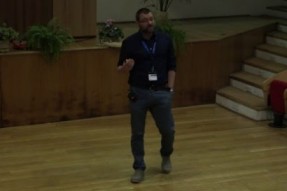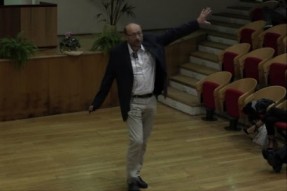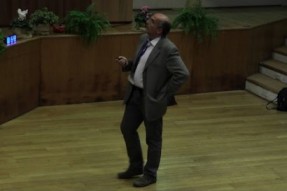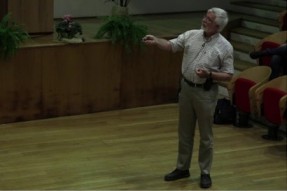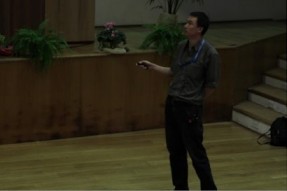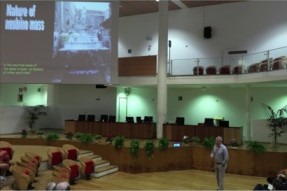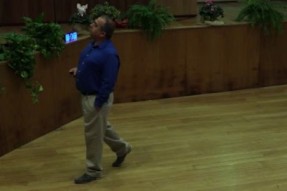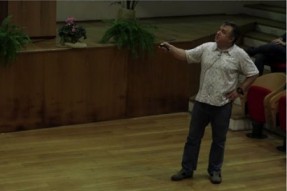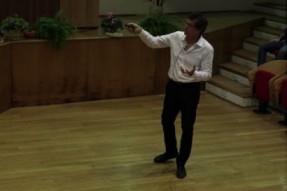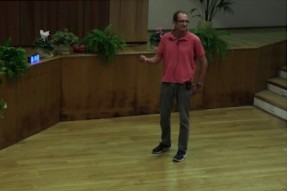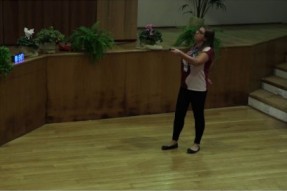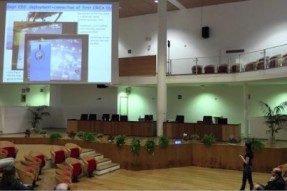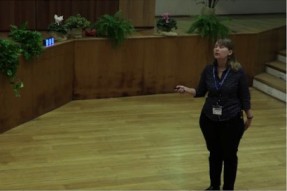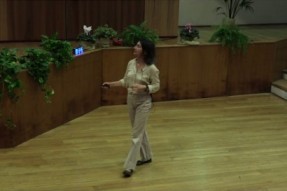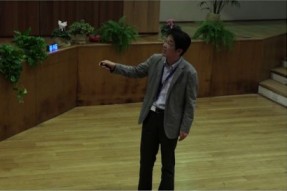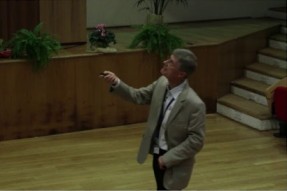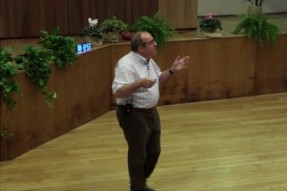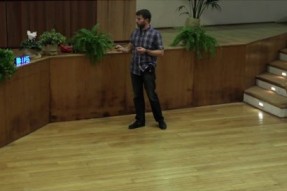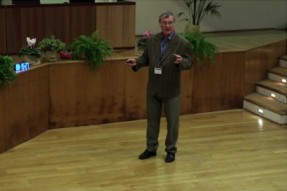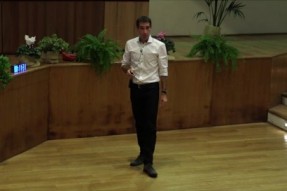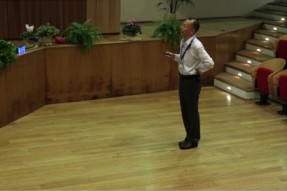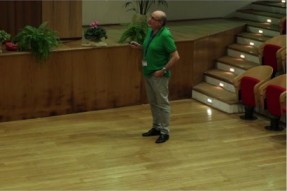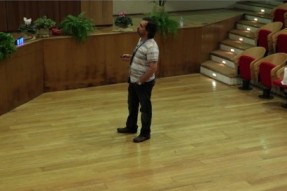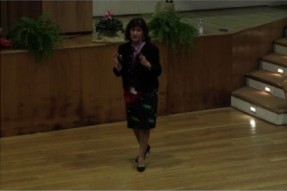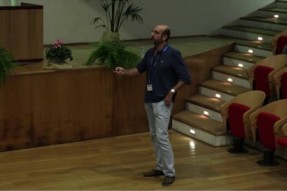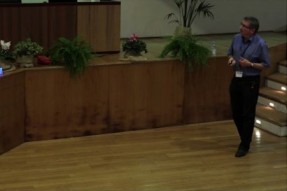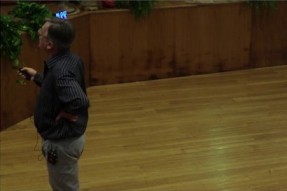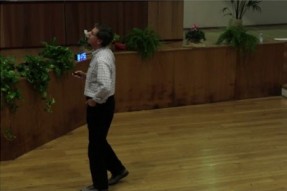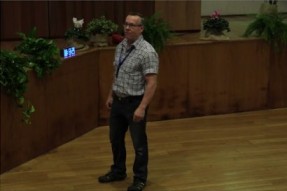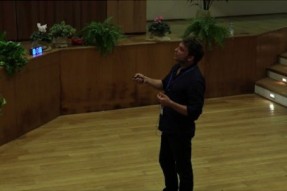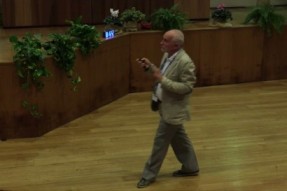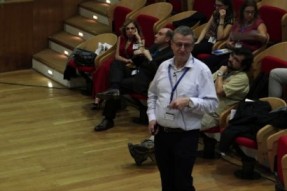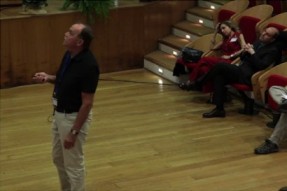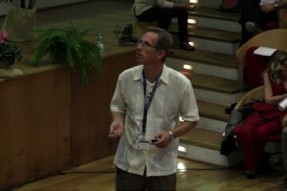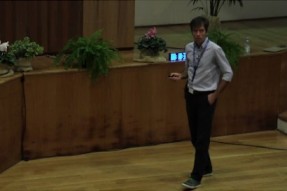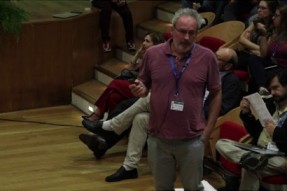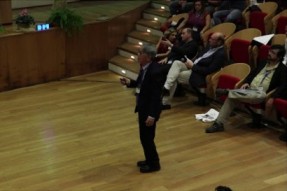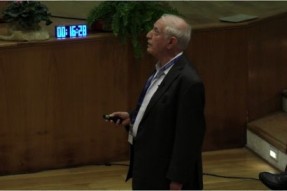The Borexino experiment is running at the “Laboratori Nazionali del Gran Sasso” in Italy and in May 2017 it has reached the remarkable milestone of 10 years of data taking. The physics sectors on which Borexino has provided fundamental information or is preparing to contribute are the solar neutrino physics, geo-neutrinos, rare process detection and sterile neutrinos.
The study of low energy solar neutrinos is the primary goal of the experiment: the direct measurements, already accomplished, of the interaction rates from pp, 7Be, pep, 8B neutrinos put Borexino in the unique situation of being the only experiment able to validate the MSW-LMA oscillation paradigm across the full solar energy range.
The present talk is aimed to present the new and more precise results released in 2017 on all the solar neutrino species. These results are based on the full 10 year data sample and, in particular, on the more radiopure phase 2 data, taken after the detector purification campaigns in 2010-11. A new multivariate analysis has been developed to extend the data fitting procedure over a broad energy range and to contemporary extract the different solar neutrino components. The new results will be helpful to validate MSW-LMA paradigm and to explore the upturn energy region where the effect of possible not standard interactions should become more visible.
The talk will be concluded highlighting the perspectives for the final stage of the solar program of the experiment, centered on the goal to fully complete the solar spectroscopy with the missing piece of the CNO neutrinos and to exploit the exciting possibility of sterile neutrino oscillations that will be investigated starting from 2018 with the insertion of a 144Ce-Pr anti-neutrino source in a tunnel just below the detector.
"CNNP 2017 - Conference on Neutrino and Nuclear Physics" (Catania, 15-21 October 2017)
Vedi anche
- Bellezze e sporcizia nell'Universo
- Simmetria: la ricerca di ordine in natura
- Structure of proton-rich nuclei via mirror beta decay and charge exchange reactions
- Developments and applications of Micro-Pattern Gaseous Detectors (MPGD): a concise review
- Novel approaches to the nuclear physics of double beta decay
- DAMA/LIBRA results and perspectives
- The SOX experiment at LNGS for the search of sterile neutrinos
- The HALO and HALO-1kT Supernova Detectors
- Low-energy neutrino experiment at Jinping
- Theory of neutrino masses and mixing
